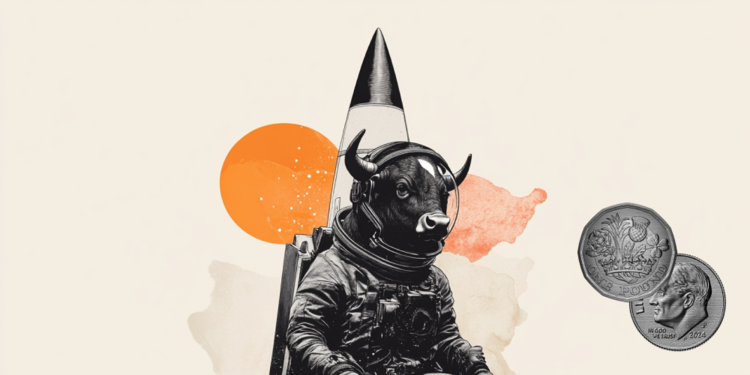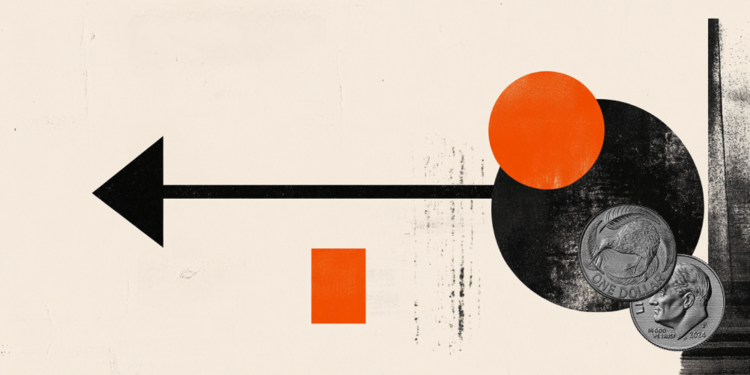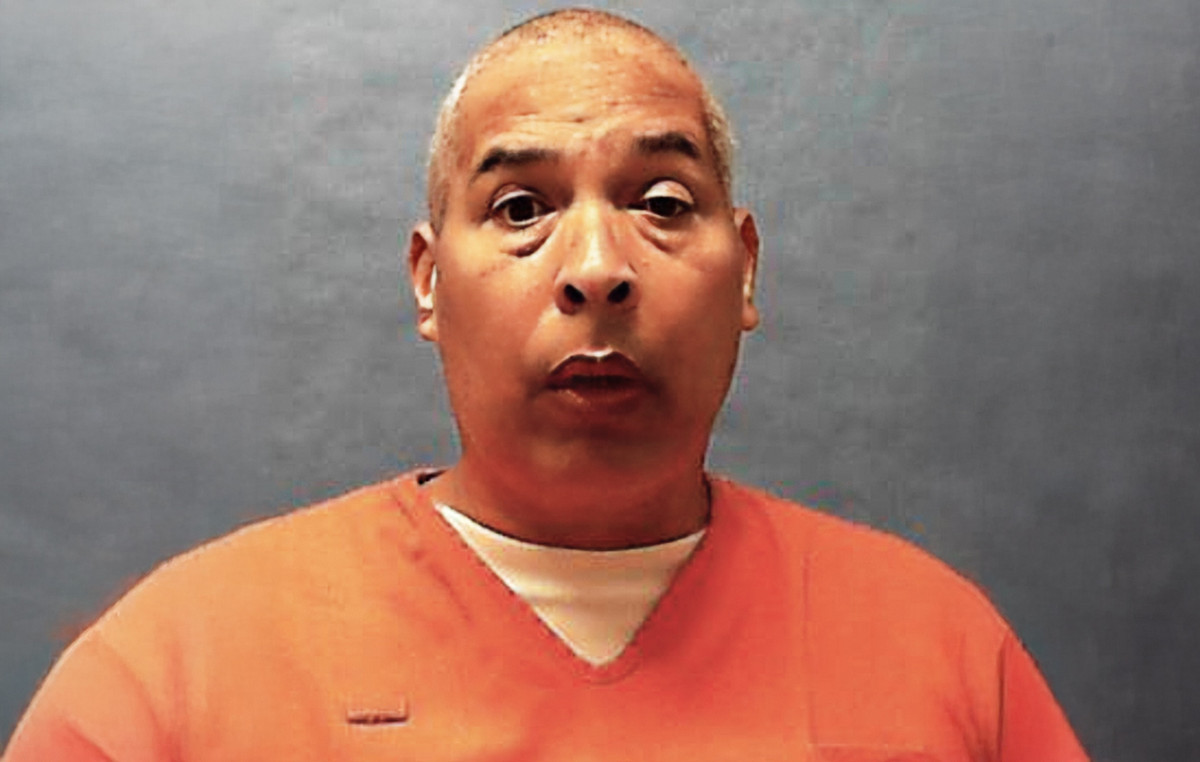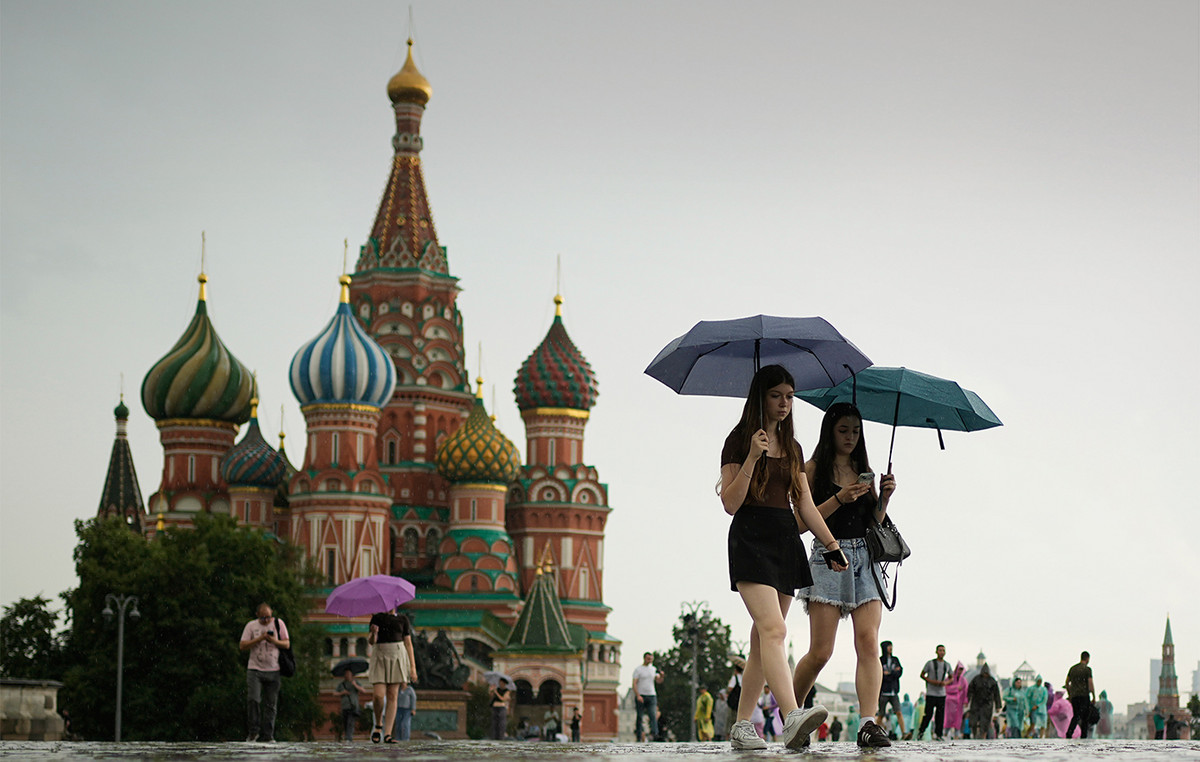The photo is iconic: an unidentified man in a white shirt, hands full of bags, facing a column of tanks on Beijing’s Avenue of Eternal Peace, after the Chinese Communist Party ordered a bloody military crackdown on pro-democracy protesters.
The photo and footage of the so-called “tank man” became the defining image of repression in Tiananmen Square whose 35th anniversary was on Tuesday (4).
On the night of June 3, 1989, after nearly two months of demonstrations by students and workers demanding faster political reform and an end to corruption, convoys of armed troops entered central Beijing to clear the square. It was a bloodbath; Witnesses described tanks running over unarmed protesters and soldiers firing indiscriminately into the crowd.
To this day, the massacre remains one of the most sensitive political taboos in mainland China, with any mention of it strictly censored. Celebrating the date can lead to arrest. Chinese authorities have not released an official death toll, but estimates range from several hundred to thousands.
Still, every June 4 since then, diaspora communities and surviving protesters in exile around the world have celebrated the event — often sharing the historic photo by then-Associated Press (AP) photographer Jeff Widener, as well as footage taken by the teams of CNN .
The photography journey also captured the tension and fear of the time – involving the smuggling of equipment and film past authorities and across borders. At that point, the Chinese government was desperately trying to control the message that was being sent to the world – and was trying to stop all American media outlets, including the CNN broadcast live from Beijing.
These interviews, taken from the book “Assignment China: An Oral History of American Journalists in the People’s Republic”written by Mike Chinoy, bureau chief of CNN in Beijing during the crackdown, offer the behind-the-scenes story of perhaps the most famous moment of the crisis. Chinoy was there, broadcasting live from a balcony overlooking the scene, and spoke to witnesses during and after the historic event.
Sneaking in and smuggling equipment
It was Monday, June 5, 1989, and Beijing was reeling from the previous day’s crackdown. Liu Heung-shing, the AP’s photo editor in Beijing, asked Widener to help take photos of Chinese troops from the Beijing Hotel — which had the best vantage point of the square, now under military control.
Widener had flown in from the news agency’s Bangkok office a week earlier to help with coverage, and was injured when the crackdown began, he told CNN previously – after being hit in the head with a rock and left in bed with the flu.

He set off, with his photography equipment hidden in his jacket – a long 400-millimeter lens in one pocket, a teleconverter in another, film in his underwear, and the camera body in his back pocket.
“I’m cycling towards the Beijing Hotel and there’s just wreckage and charred buses on the ground,” he said. “Suddenly, four tanks are arriving, manned by soldiers with heavy machine guns. I’m on my bike thinking I can’t believe I’m doing this.”
“I heard rumors that other journalists had their film and cameras confiscated. I had to figure out a way to get into the hotel,” he added. “I looked into the dark lobby and there was a Western college student. I went up to him and whispered, ‘I’m from the Associated Press, can you let me go up to your room?’ He noticed immediately and said, ‘Of course.’”
That young man was Kirk Martsen, an American exchange student who took Widener to his sixth-floor hotel room. From there, Widener began photographing the tanks passing in the streets below — sometimes hearing the ringing of a bell that signified a cart passing by with a body, or an injured person being taken to the hospital, he said.
Capturing the photo
Other journalists were also at the hotel – including Jonathan Schaer, a cameraman for CNN based in the US who flew to Beijing to support his exhausted colleagues. He installed a camera on the balcony of his room. CNN at the hotel, where the network was broadcasting live reports of the crackdown all weekend.
“Another cameraman said, ‘Hey, look at the guy in front of the tanks!’ I just zoomed in and started filming,” Schaer recalled.
“When the column stopped and the man blocked the tanks, they were trying to scare him away by shooting over his head. Well, shooting over his head was basically where we were. The bullets were so close you could hear them whizzing by.”

Back in Martsen’s room, Widener was at the window, preparing to photograph the column of tanks moving down the street, when “a guy with shopping bags comes out in front and starts swinging the bags,” he said. “I’m just waiting for him to get shot, staying focused on him, waiting and waiting.”
The tank stopped and tried to go around the man. The man moved with the tank, blocking his path once again. At one point during the standoff, the man climbed aboard the front tank and appeared to speak to those inside.
But Widener had a problem – the scene was too far away for his 400mm lens. His teleconverter, which would allow him to zoom in twice as far, was on the bed, leaving him with a choice: should he pick up the teleconverter and risk losing the photo in those precious seconds?
He took a risk, put the teleconverter on the camera, took “one, two, three photos. Then it’s over,” he said. “Some people came, grabbed this guy and ran away. I remember sitting on this little couch next to the window and the student (Martsen) said, ‘Did you get it? Did you catch it?’ Something in the back of my mind said maybe I had caught it, but I wasn’t sure.”
Liu remembers getting the call from Widener and immediately firing off instructions: Rewind the film, go to the lobby, and ask one of the many foreign students to take it to the AP office. The photos were soon transmitted over telephone lines to the rest of the world.
Widener did this, sending the student away on his bicycle with the film hidden in his underwear. Forty-five minutes later, “an American with a ponytail and a backpack showed up with an AP envelope,” Liu said. They quickly developed the film, “and I looked at that picture – and that’s the picture.”

Schaer, the photojournalist at CNN , didn’t initially realize what they had captured on tape. This was in the early days of email, which didn’t yet handle large videos – so the CNN he was using a “device that could send video, a prototype that Sony gave us to test,” that took an hour to scan a frame of video and send it over a phone line, he said.
So they sent five paintings, made copies of the tape and sent it to the airport in Beijing – where they recruited a tourist to take the tape to Hong Kong, which at the time was still a British colony and not subject to Chinese rule.
Several media outlets took a photo of the “tank man,” but Widener’s photo was the most used. She appeared on the front pages of newspapers around the world and was nominated that year for the Pulitzer Prize.
Widener said he didn’t know the image had made such an impact until the next morning, when he arrived at the AP office to find messages from viewers and journalists around the world.
To this day, we don’t know who the man is and what happened to him. But he remains a powerful symbol of the individual standing up to the power of the state.
“I suppose for a lot of people it’s a personal thing, because this guy represents everything in our lives that we’re battling, because we’re all battling something,” Widener said. “He really became a symbol for a lot of people.”
*Editor’s note: Mike Chinoy is a nonresident senior fellow at the U.S.-China Institute at the University of Southern California and former Beijing bureau chief and senior correspondent for CNN in Asia. He recently published Assignment China: An Oral History of American Journalists in the People’s Republic. The interviews in this article were excerpted from the book.
Excerpt from the book “Assignment China: An Oral History of American Journalists in the People’s Republic”, by Mike Chinoy. Copyright (c) 2023 Michael Chinoy. Used by agreement with the publisher. All rights reserved.
Source: CNN Brasil
Bruce Belcher is a seasoned author with over 5 years of experience in world news. He writes for online news websites and provides in-depth analysis on the world stock market. Bruce is known for his insightful perspectives and commitment to keeping the public informed.







